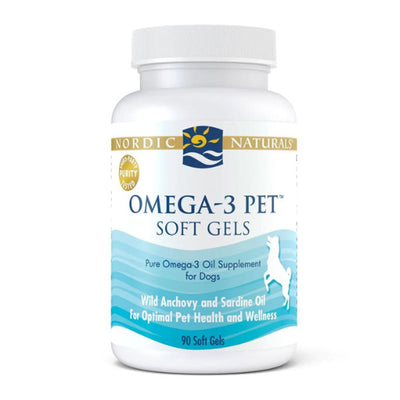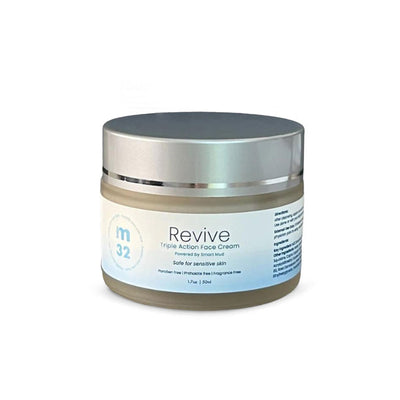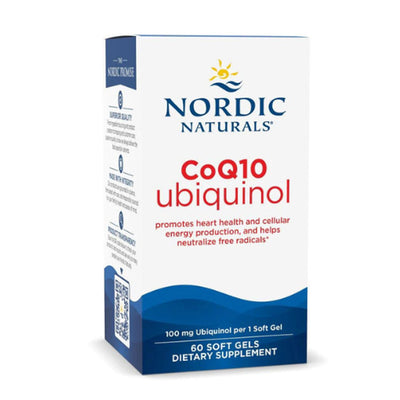In Part 1 of our Vitamin D series, we explored why this essential nutrient is vital for your overall health, the risks of deficiency, and why sun exposure alone often isn’t enough. In Part 2, we dive into how much vitamin D you need, the best food sources (including vegan options), and tips on choosing the right supplements to maintain healthy levels year-round.
How Much Vitamin D Do You Need?
Daily vitamin D requirements can vary depending on age, lifestyle, and underlying health conditions. The following guidelines are based on recommendations from the National Institutes of Health (NIH):
|
Age Group |
Recommended Daily Allowance (RDA) |
|
Children (1-13 years) |
600 IU (15 mcg) |
|
Teens (14-18 years) |
600 IU (15 mcg) |
|
Adults (19-70 years) |
600 IU (15 mcg) |
|
Older Adults (71+ years) |
800 IU (20 mcg) |
|
Pregnant/Breastfeeding Women |
600-800 IU (15-20 mcg) |
Who Might Need More?
-
People with Darker Skin Tones: Higher melanin levels reduce natural vitamin D production.
-
Older Adults: Aging skin and kidneys are less efficient in producing active vitamin D.
-
Individuals with Obesity: Vitamin D gets sequestered in fat tissue, reducing availability.
-
Those with Limited Sun Exposure: Office jobs, indoor lifestyles, and sunscreen use limit UVB exposure.
In some cases, healthcare providers may recommend higher doses to correct a deficiency. Always consult a healthcare professional before exceeding the RDA.
Best Food Sources of Vitamin D
While sun exposure helps, obtaining vitamin D through food ensures more consistent levels. Here are some of the best sources:
Animal-Based Sources:
-
Fatty Fish: Salmon, mackerel, tuna, and sardines are among the richest natural sources.
-
Cod Liver Oil: A single tablespoon provides more than the daily requirement.
-
Egg Yolks: Eggs from pasture-raised chickens contain higher vitamin D levels.
-
Fortified Dairy Products: Many milk, cheese, and yogurt products are fortified with vitamin D.
Vegan and Vegetarian Sources:
-
Fortified Plant Milks: Almond, soy, oat, and rice milk often have added vitamin D.
-
Fortified Cereals: Many breakfast cereals are enriched with vitamin D.
-
Mushrooms: When exposed to UV light, mushrooms like maitake and portobello can provide moderate amounts.
Pro Tip: Check food labels to confirm vitamin D content, as levels can vary.
Choosing the Right Supplements
If you struggle to maintain adequate vitamin D levels through sun exposure and diet alone, supplementation can help. Here's what to look for:
-
Form Matters:
-
Vitamin D3 (Cholecalciferol): The preferred form for raising and maintaining vitamin D levels.
-
Vitamin D2 (Ergocalciferol): Suitable for vegans but may be less effective.
-
Dosage:
-
For maintenance, stick to the RDA unless advised otherwise.
-
For deficiency correction, higher doses (1,000-5,000 IU or more) may be prescribed temporarily.
-
Quality and Purity:
-
Look for third-party testing certifications (USP, NSF) to ensure purity and accurate labeling.
-
Choose reputable brands with transparent sourcing.
-
Timing:
-
Vitamin D is fat-soluble, so take it with a meal containing healthy fats for better absorption.
Maintaining Healthy Vitamin D Levels Year-Round
-
Get Regular Blood Tests: Aim to maintain blood levels between 30-50 ng/mL.
-
Adjust Seasonally: Consider increasing your intake during fall and winter months when sunlight is limited.
-
Combine Sources: Rely on a mix of sunlight, diet, and supplements for optimal levels.
Vitamin D plays a crucial role in maintaining overall health. By understanding how much you need and incorporating a variety of food sources and smart supplementation, you can ensure you maintain optimal levels year-round.
Stay tuned for more wellness tips and supplement insights from MVP Pharmacy!
Shop Our Vitamin D Supplements Today








